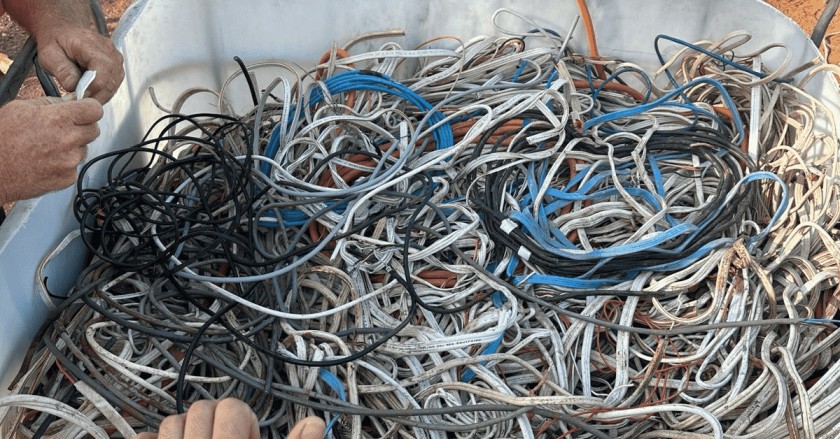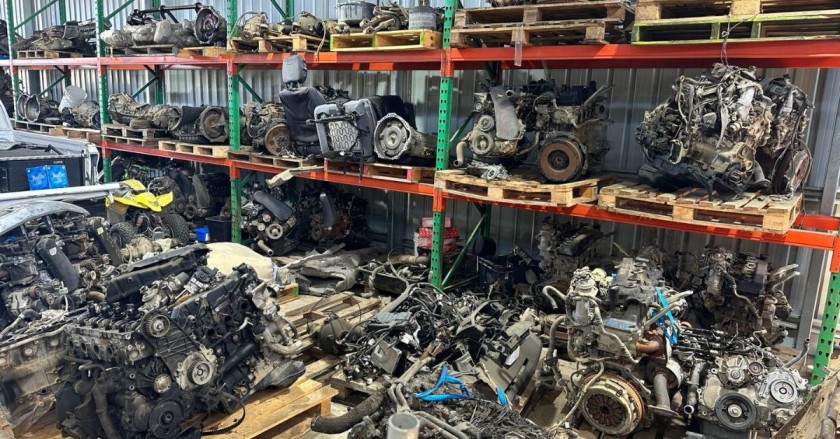Steel is one of the most commonly recycled materials in the world—and for good reason. It’s everywhere: in your appliances, vehicles, tools, and even furniture. If you’ve got scrap steel scrap lying around, don’t toss it—turn it into cash! But not all steel is the same, and knowing what type you’re dealing with can help you get the most money for your metal. In this post, we’ll break down the most common types of scrap steel you can sell and where you’re likely to find them.
1. Carbon Steel
Common sources: Structural beams, rebar, piping, and machine parts.
Carbon steel is the most widely used type of steel, known for its strength and durability. It’s often used in construction and manufacturing. If you’re demolishing a building or tearing apart old machinery, chances are you’re dealing with carbon steel. It’s valuable and in constant demand at scrap yards.
2. Stainless Steel
Common sources: Kitchen appliances, sinks, cookware, medical equipment.
Stainless steel contains chromium, which prevents rust and gives it a shiny appearance. It’s highly desirable in the scrap world due to its corrosion resistance and high alloy content. If you’ve got broken dishwashers, fridges, or hospital equipment, look for stainless steel parts.
Tip:
Use a magnet to identify it—stainless steel may be slightly magnetic but not as much as carbon steel.
3. Tool Steel
Common sources: Drills, blades, saws, dies, and tool bits.
Tool steel is high in carbon and alloy content, making it incredibly hard and resistant to wear. It’s typically found in hand tools and cutting equipment. These are heavy-duty items, and scrapping them can yield good returns due to the metal’s high quality.
4. Galvanized Steel
Common sources: Fencing, roofing, HVAC ducts, auto bodies.
Galvanized steel is coated in zinc to prevent rusting. It’s commonly used outdoors or in moist environments. While it may not fetch as much as stainless, it’s still very much accepted at scrap yards and useful for bulk loads.
5. Alloy Steel
Common sources: Car parts, pipelines, power tools, and aircraft components.
This steel is mixed with elements like nickel, chromium, or manganese to enhance strength and resistance. Because of its durability and performance, it’s used in critical applications and brings in a better rate compared to regular carbon steel.
How to Prepare Steel for Scrapping
Before hauling your steel to the scrap yard, follow these steps:
- Sort by type – Separate stainless, galvanized, and carbon steel if possible.
- Remove non-metal parts – Take off plastic, rubber, or insulation.
- Clean it up – The cleaner your scrap, the more you’ll earn per pound.
- Check local prices – Steel prices fluctuate. Call your local yard to get the latest rates.
- Sell to a scrap buyer – Once you’re ready, bring your scrap to a reputable scrap metal buyer or scrap yard.
Final Thoughts
Scrapping steel isn’t just a way to earn extra cash—it’s a win for the environment too. Whether you’re cleaning out your garage or involved in a large-scale demo project, understanding the different types of steel can help you maximise your return. So next time you spot a rusty pipe or old tool, think twice before tossing it—there’s money in that metal!



